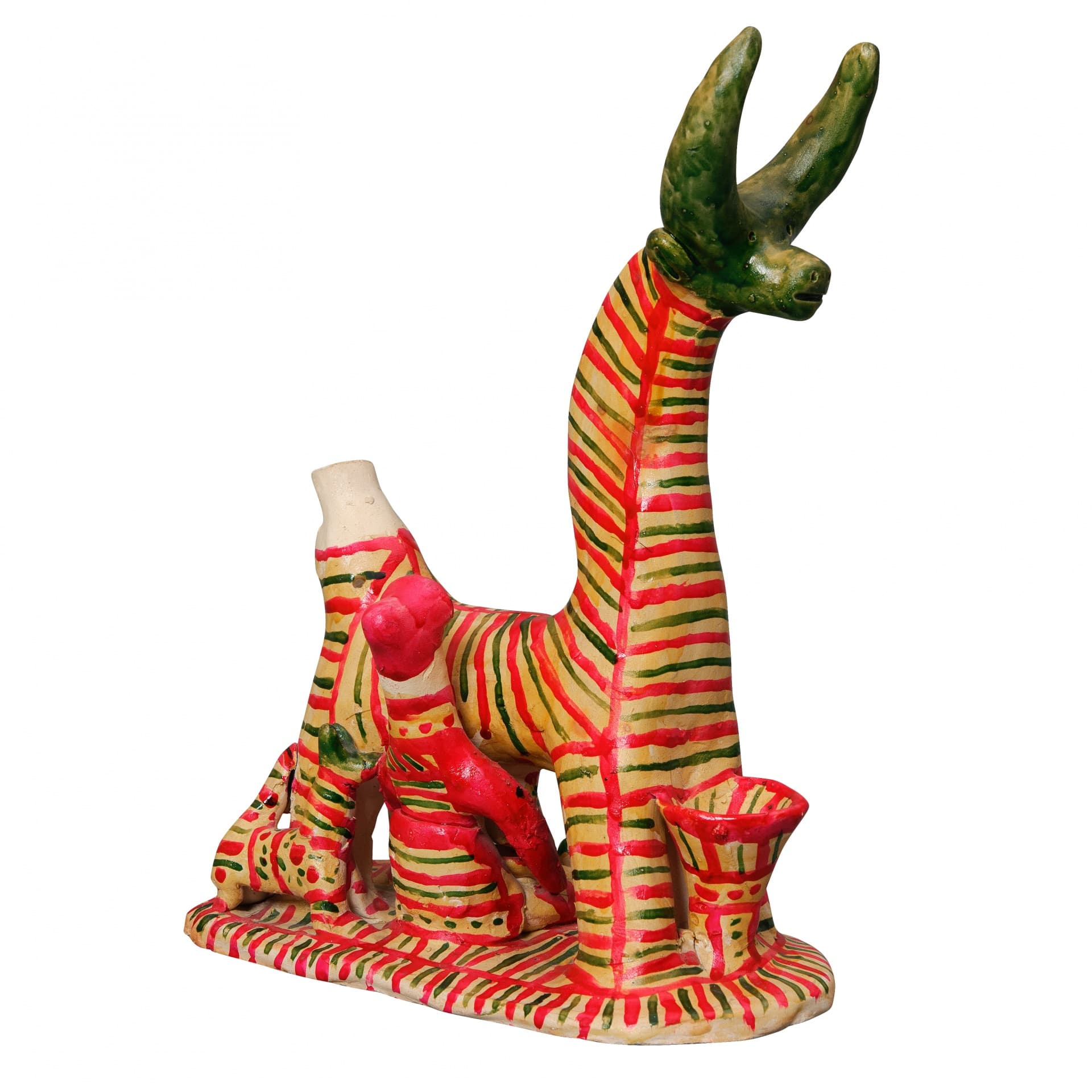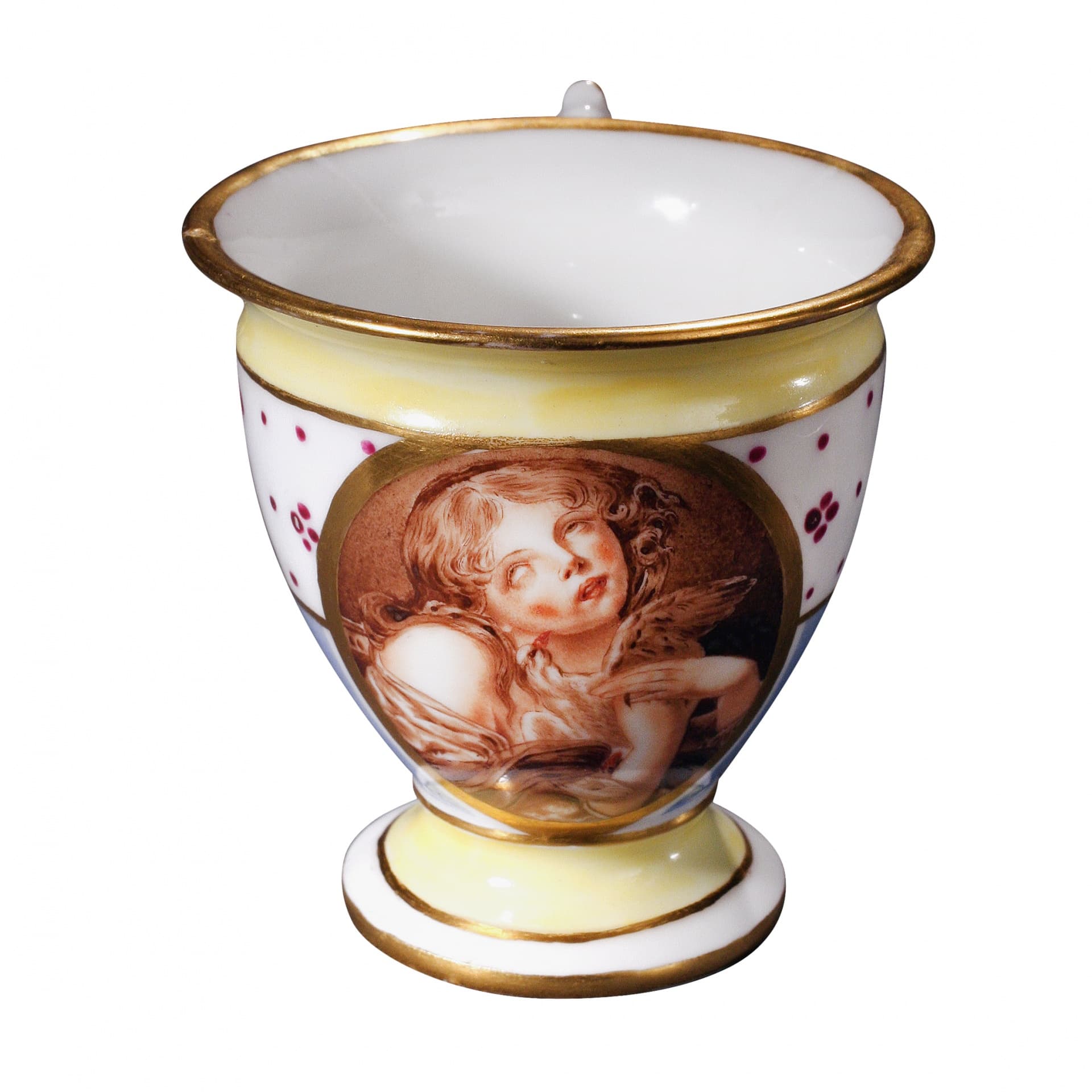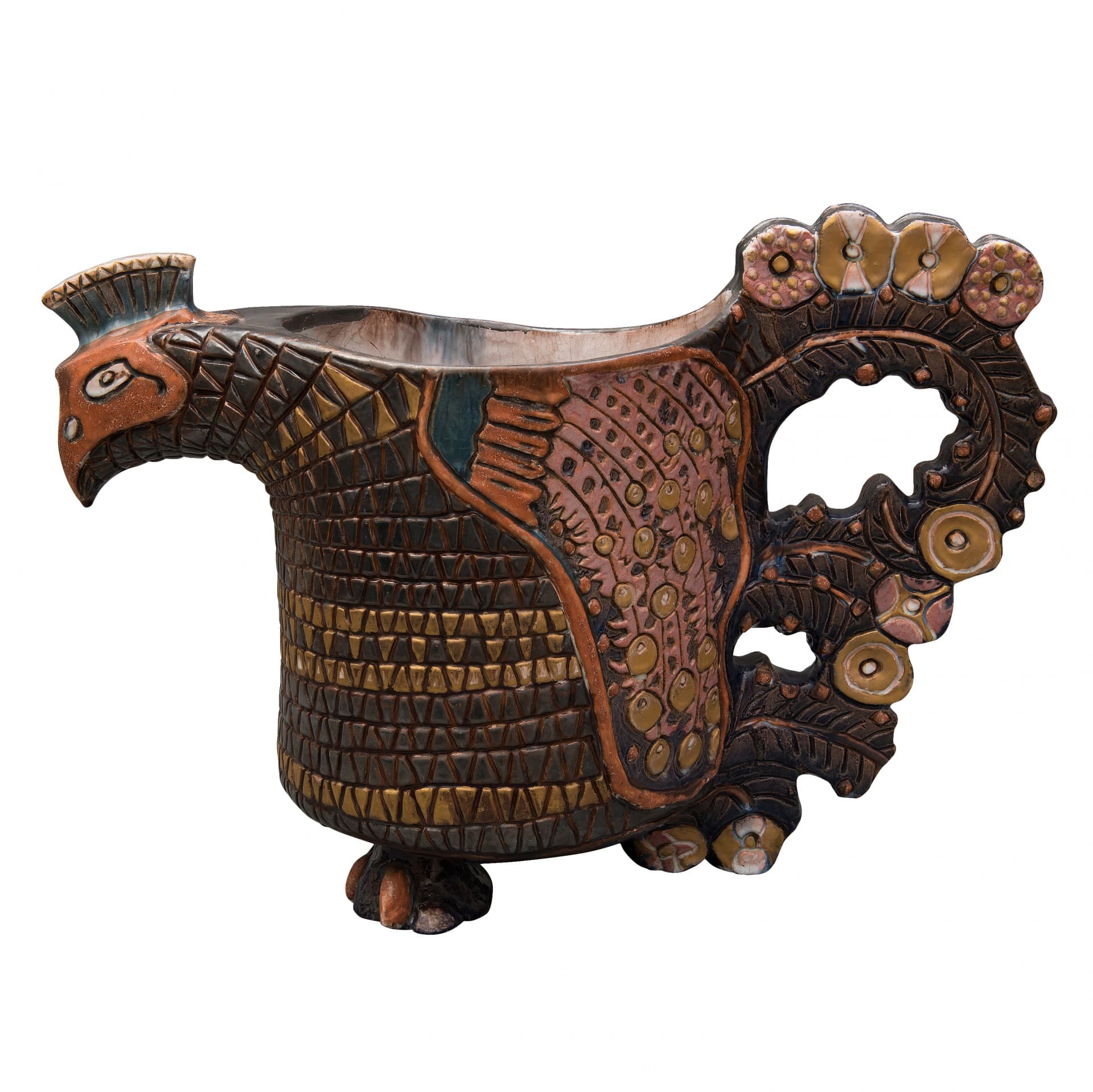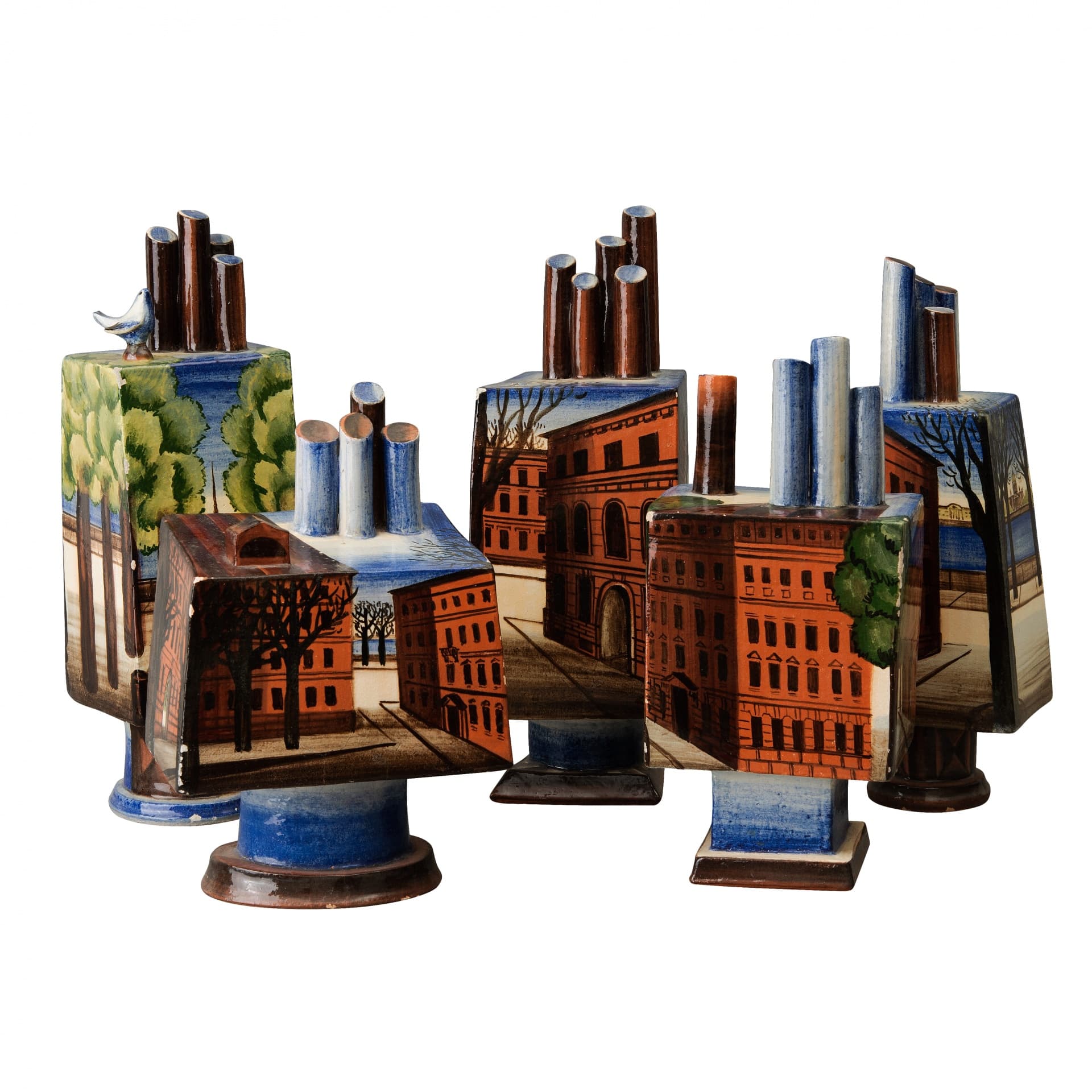The ceramics collection is one of the largest in the collection of the All-Russian Decorative Art Museum. It includes more than 20,000 items, varying in material and purpose: from coarse ceramics to the finest porcelain, from pottery and household items to highly artistic and unique artworks. The chronological range of the collection extends from the 15th century (archaeological finds) to the present. In terms of the place of production, the artworks of the collection represent the entire territory of modern Russia as well as the neighbouring and far-abroad countries.
From the moment the museum was opened, the employees of the department, along with active exhibition operations, have been describing, studying, forming and expanding the collection, involving famous collectors, contemporary ceramic artists and sculptors, folk masters, amateurs and connoisseurs of ceramic art. The collection of ceramics is constantly enlarged with new exhibits, both separate unique works, and whole collections.
In the 1980s, the department received collections of campaign porcelain of the well-known artists L.O. Utesov, M.V. Mironova and A.S. Menaker, which include unique pieces, some of them single copy, by famous artists of the Leningrad Porcelain Factory.
The transfer of the collections of the S.T. Morozov Museum of Folk Art (former Artisinal Museum) to the Museum in 1999 – 2000 was a major event. The Ceramics Department received a rich collection (over 6,000 items) consisting of works of folk crafts, pottery, toys and Russian porcelain. It is also worth mentioning the collection of foreign ceramics and small plastics, which is modest in number, but very important in its artistic level. In particular, porcelain animalistic sculptures of European production, which were collected by the founder of the Artisanal Museum, Sergey Timofeyevich Morozov.
Over the years, individual items and collections of famous art historians, archaeologists, and connoisseurs of folk art have been purchased and donated. Objects from the collections of the Ceramics Department are presented in the museum's expositions and are also actively used in exhibition projects.








